The Shorter Dictionary of Classical Hebrew Revised
The Shorter Dictionary of Classical Hebrew Revised
The First Japanese Bible, and its Role in the Emergence of Modern Literary Japanese
The First Japanese Bible, and its Role in the Emergence of Modern Literary Japanese
Reading the Landscape of Ezekiel 40-48: A Theology of Resilience
Reading the Landscape of Ezekiel 40-48: A Theology of Resilience
1 & 2 Kings: A Visual Commentary
In this uniquely conceived and brilliantly illustrated book, Martin O’Kane, one of the leading experts internationally on biblical art, turns his attention to the narratives of 1&2 Kings. Here we encounter a large and varied cast of characters, men and women whose lives are portrayed imaginatively, ranging from exotic kings and queens and flamboyant prophets to lowly servants and other insignificant functionaries. Readers meet individuals of all ages, from the old and wise to the young and foolish, saints and sinners alike. Many of these characters, and the stories in which they appear, play a prominent part in the religious traditions and cultural worlds of three major faiths—Judaism, Christianity and Islam. Interpreted according to each faith’s distinctive norms, they are popular subjects not only in the literature but particularly in the rich iconographies of the three religions.
1&2 Kings: A Visual Commentary takes the form of a commentary that focuses on the interpretation of characters and stories from the books of Kings in the visual cultures of the three monotheistic faiths. In each chapter, the first section sets out the most distinctive interpretations and appropriations of the biblical story. The second section interprets how the story has been received and interpreted in Jewish, Christian and Islamic literature. The final section details how characters or episodes from Kings re-appear in original ways in the artwork of the three religions. With its over one hundred and seventy-five full-colour images, from Christian mediaeval manuscripts and Persian and Ottoman miniature paintings to contemporary Jewish art, the volume shows why stories from 1&2 Kings feature so prominently in the artistic and cultural worlds the three religions have helped to shape.
Scholars, students and Bible readers in general will find something new and something delightful on every page of this unusually engaging work.
1 & 2 Kings: A Visual Commentary
In this uniquely conceived and brilliantly illustrated book, Martin O’Kane, one of the leading experts internationally on biblical art, turns his attention to the narratives of 1&2 Kings. Here we encounter a large and varied cast of characters, men and women whose lives are portrayed imaginatively, ranging from exotic kings and queens and flamboyant prophets to lowly servants and other insignificant functionaries. Readers meet individuals of all ages, from the old and wise to the young and foolish, saints and sinners alike. Many of these characters, and the stories in which they appear, play a prominent part in the religious traditions and cultural worlds of three major faiths—Judaism, Christianity and Islam. Interpreted according to each faith’s distinctive norms, they are popular subjects not only in the literature but particularly in the rich iconographies of the three religions.
1&2 Kings: A Visual Commentary takes the form of a commentary that focuses on the interpretation of characters and stories from the books of Kings in the visual cultures of the three monotheistic faiths. In each chapter, the first section sets out the most distinctive interpretations and appropriations of the biblical story. The second section interprets how the story has been received and interpreted in Jewish, Christian and Islamic literature. The final section details how characters or episodes from Kings re-appear in original ways in the artwork of the three religions. With its over one hundred and seventy-five full-colour images, from Christian mediaeval manuscripts and Persian and Ottoman miniature paintings to contemporary Jewish art, the volume shows why stories from 1&2 Kings feature so prominently in the artistic and cultural worlds the three religions have helped to shape.
Scholars, students and Bible readers in general will find something new and something delightful on every page of this unusually engaging work.

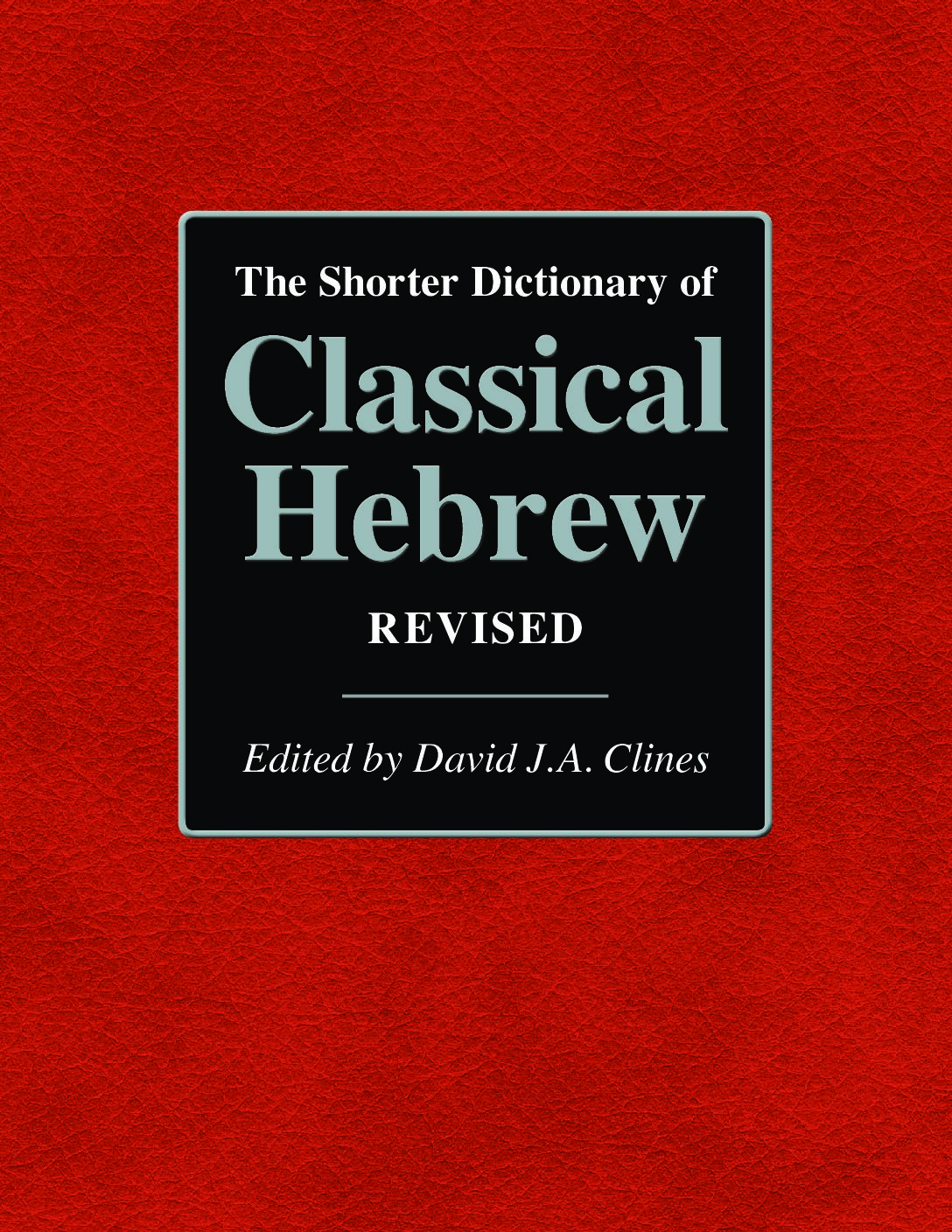
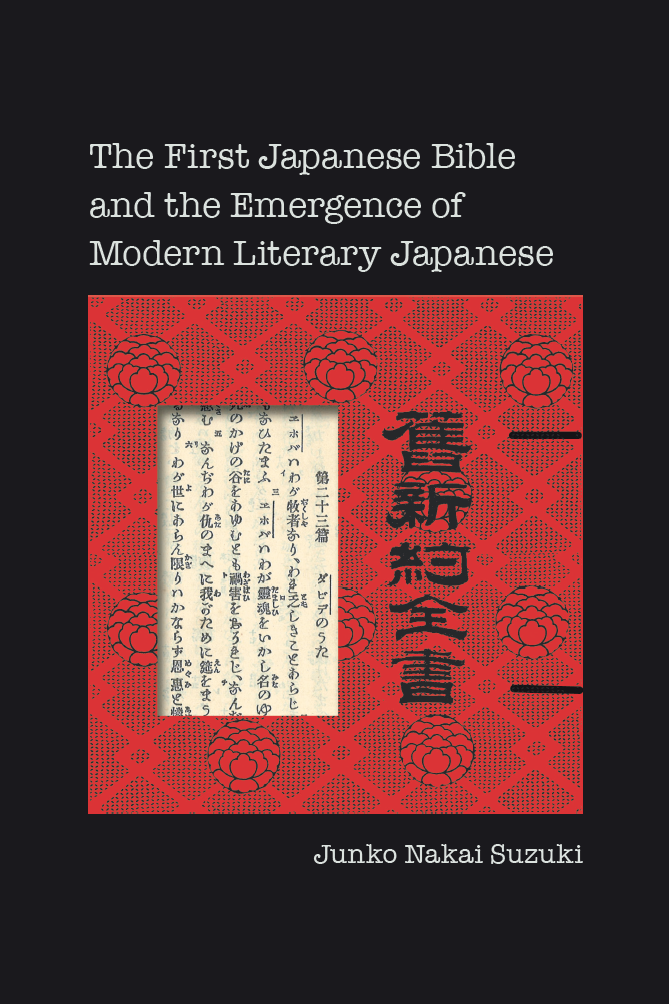
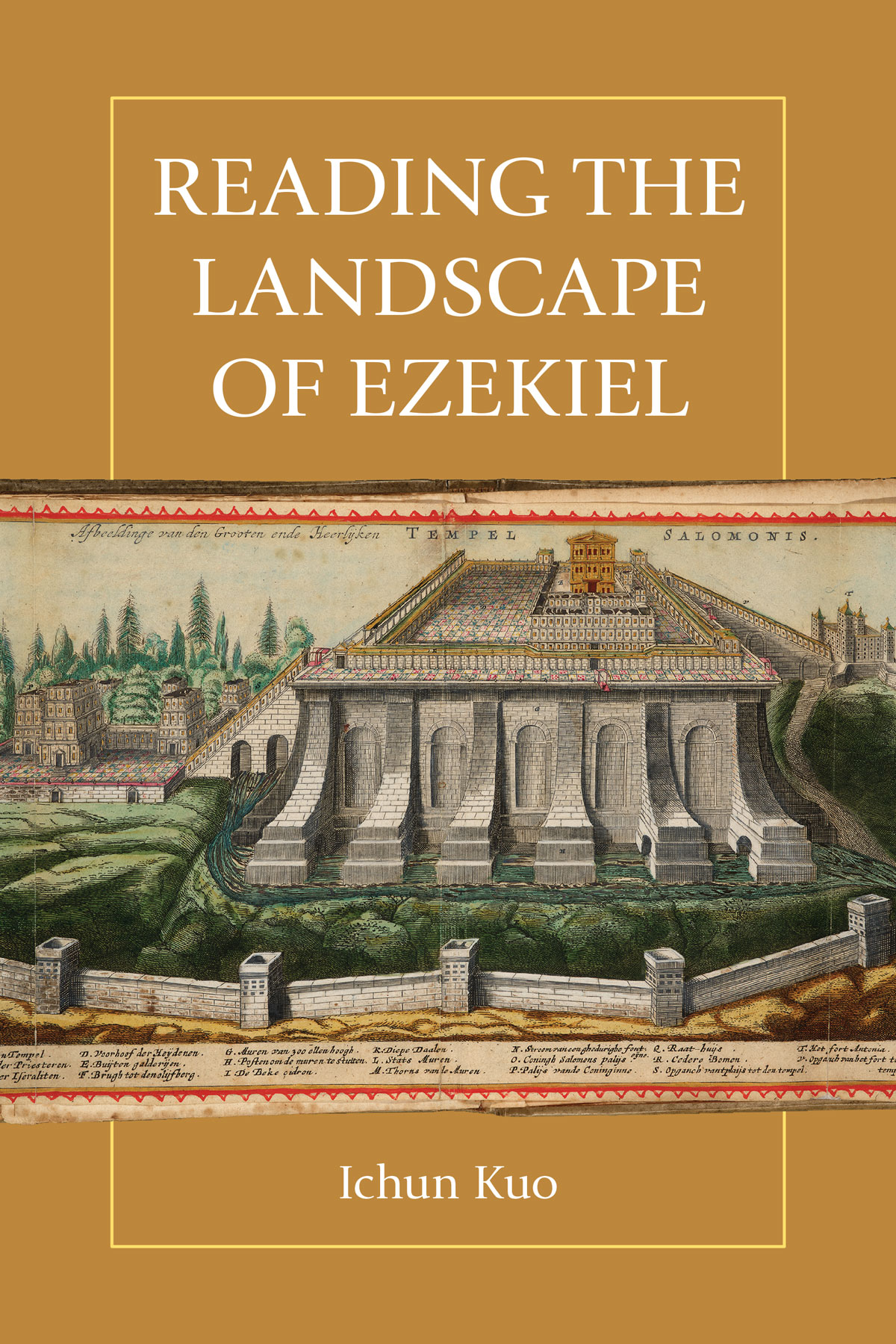
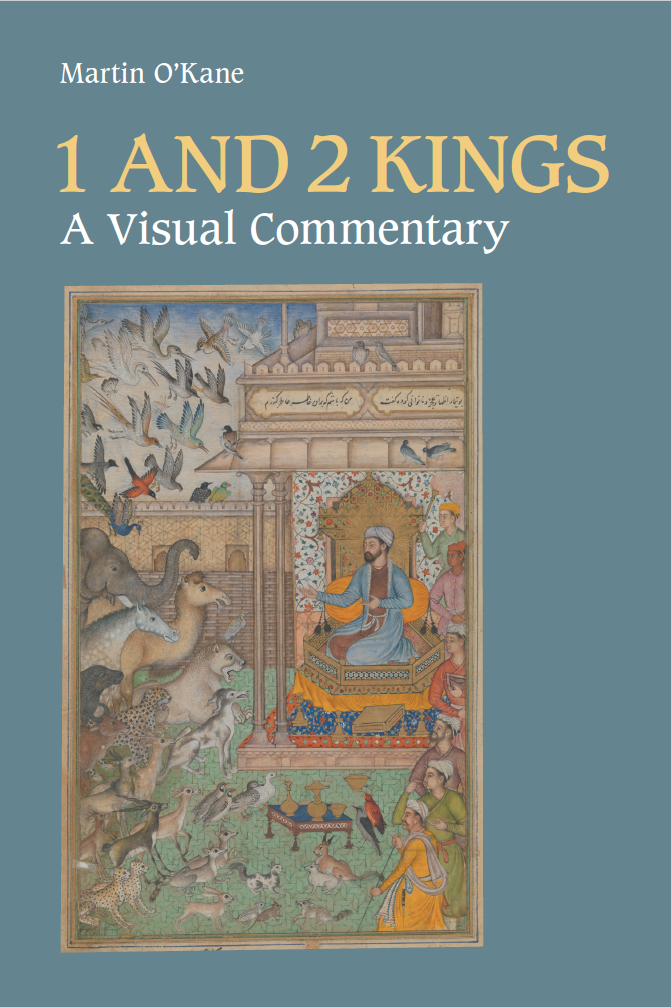
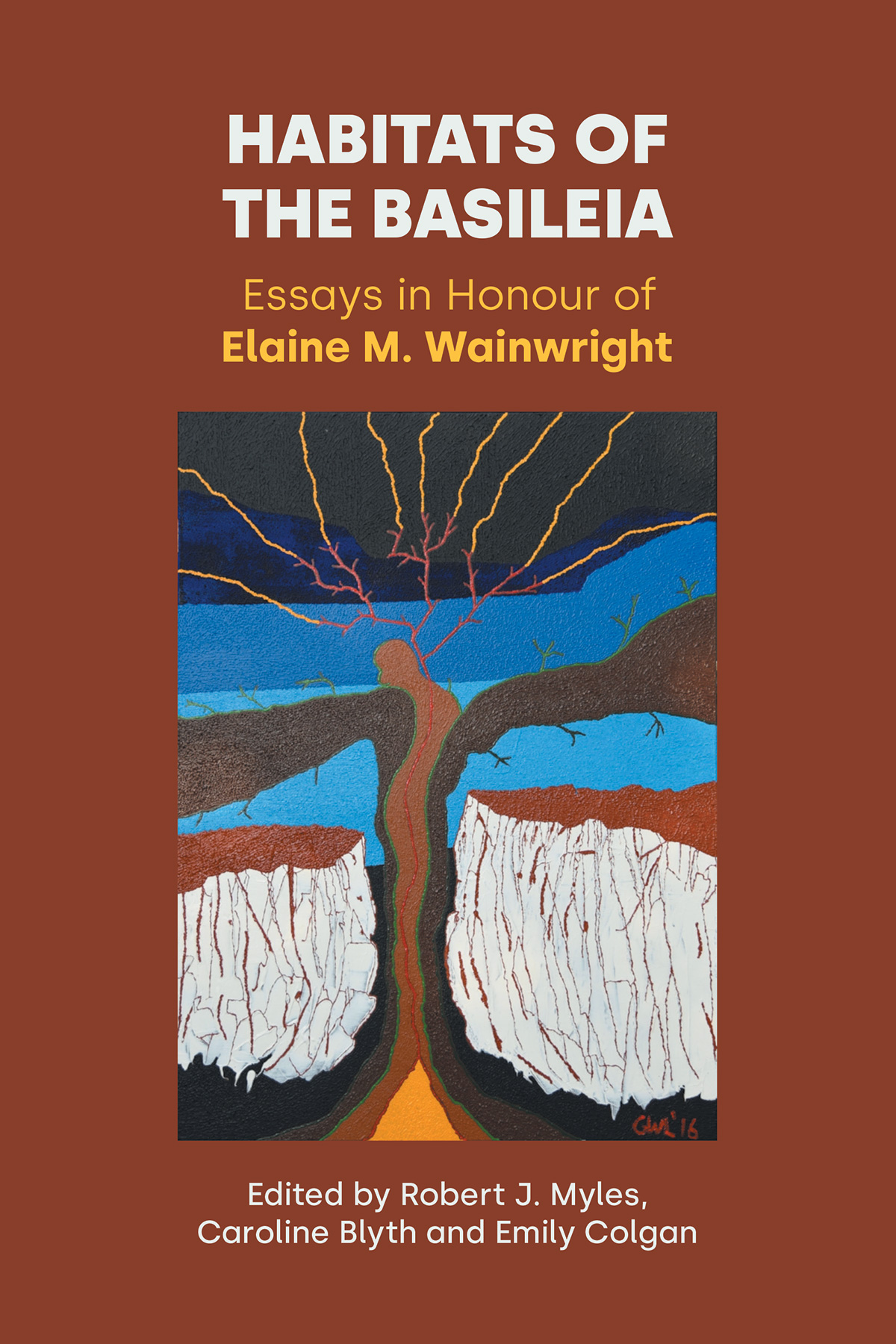
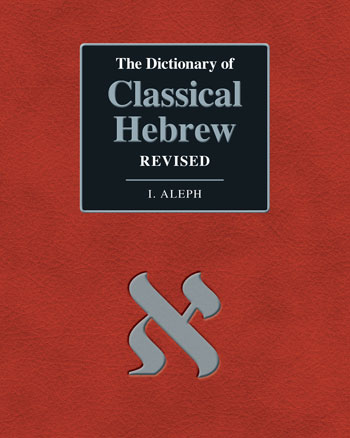
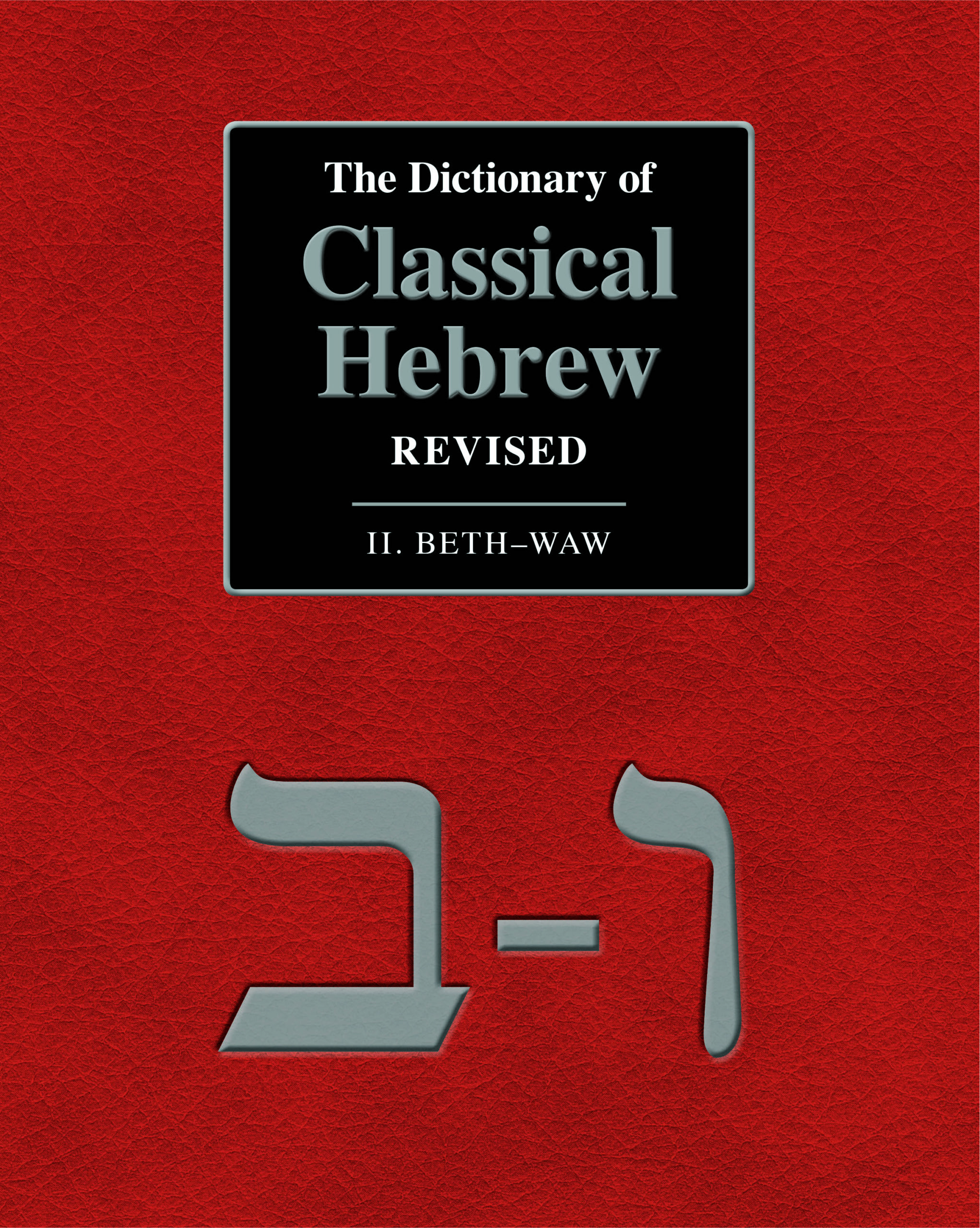
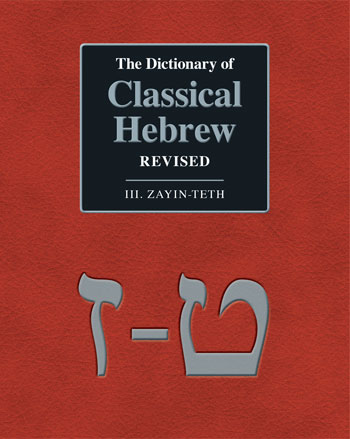




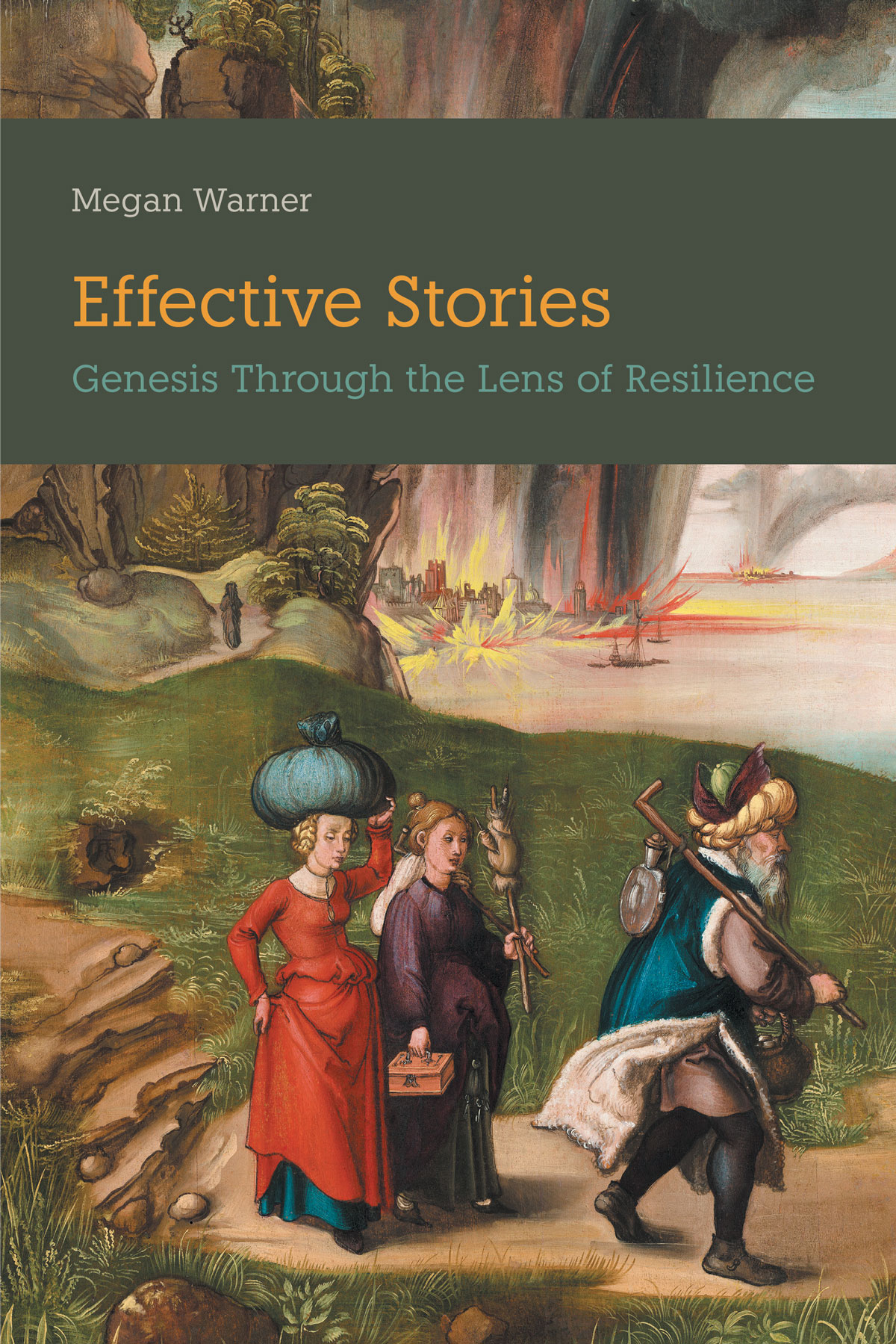
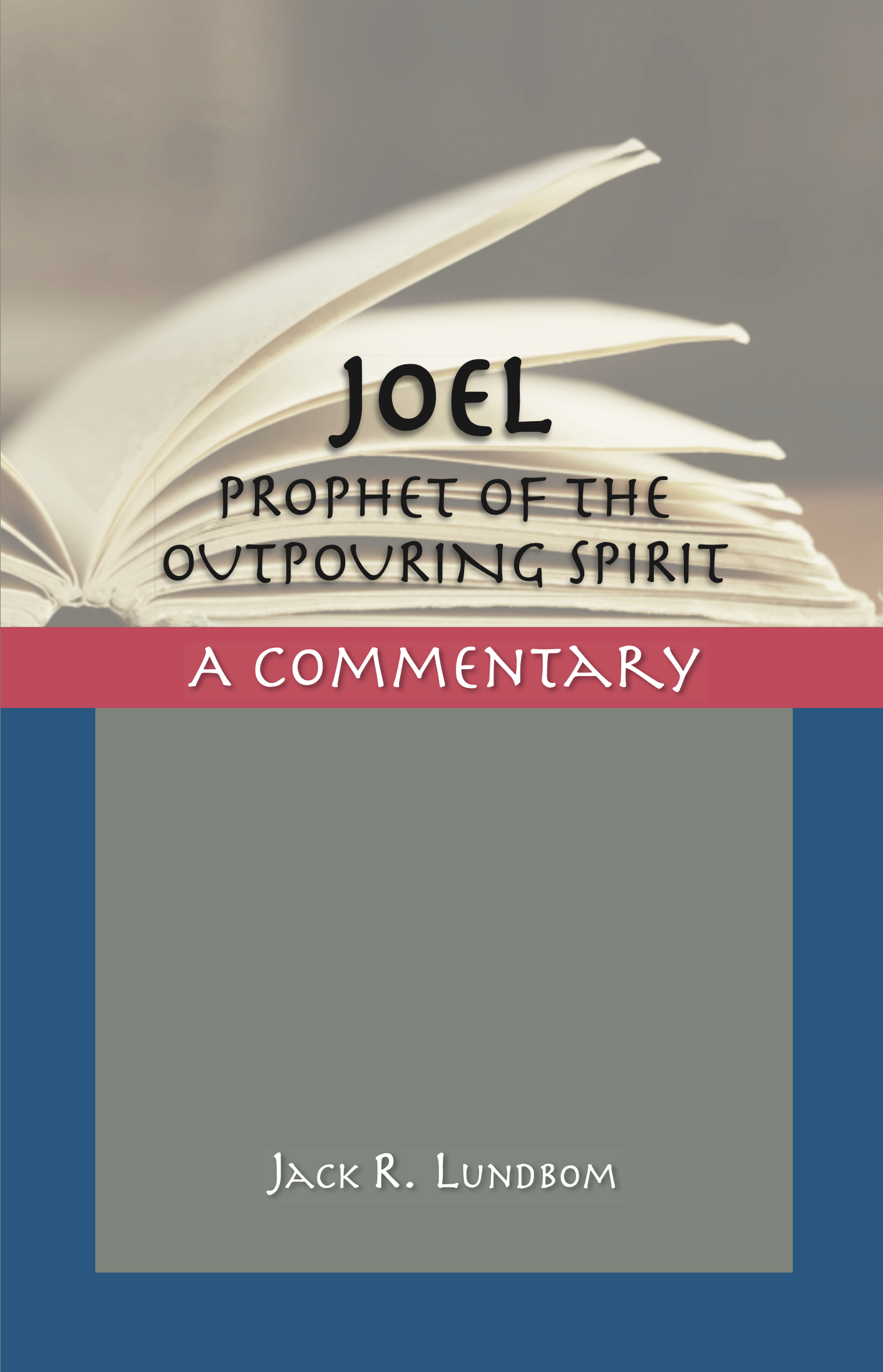
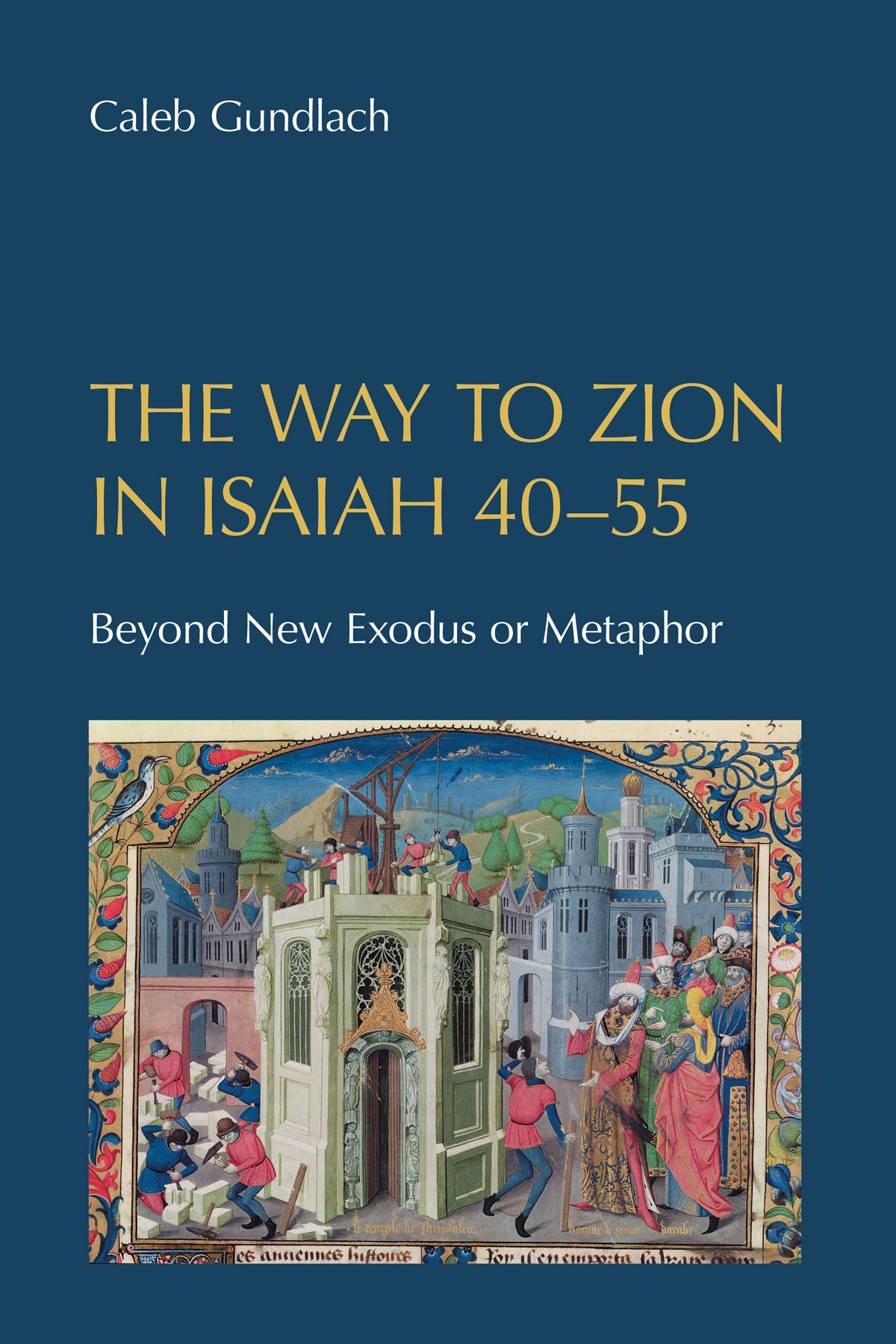



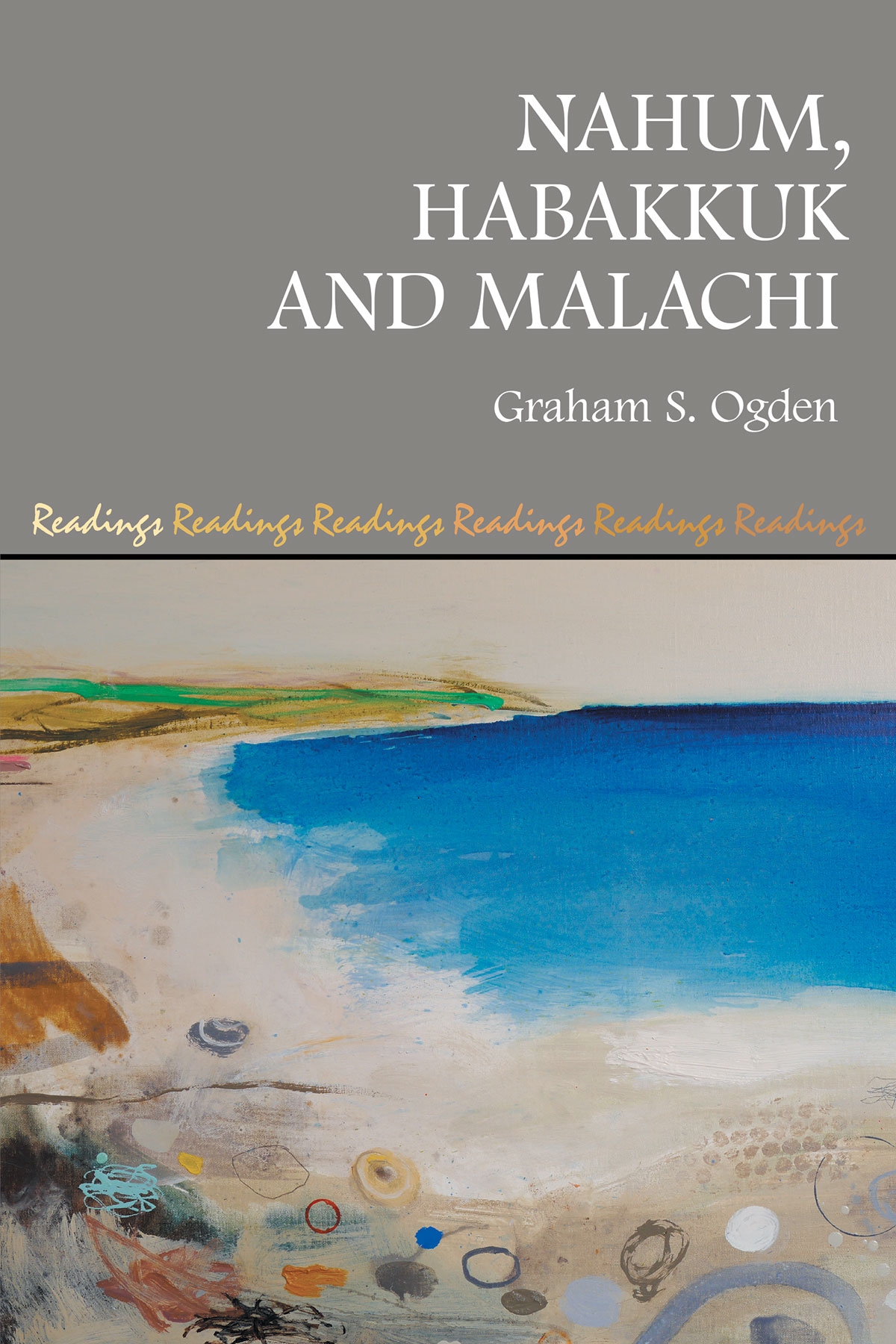
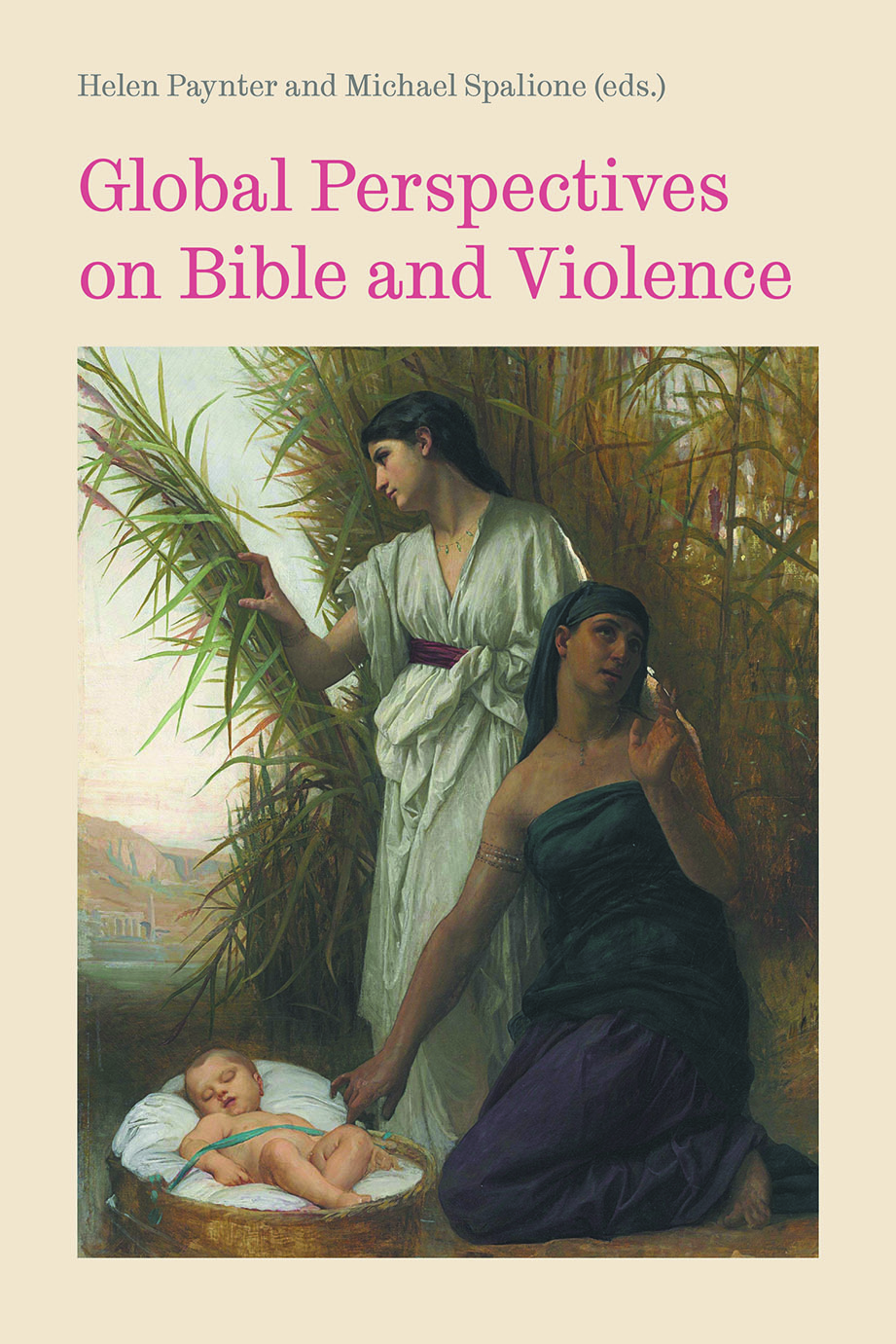
Amos and Micah
Amos and Micah